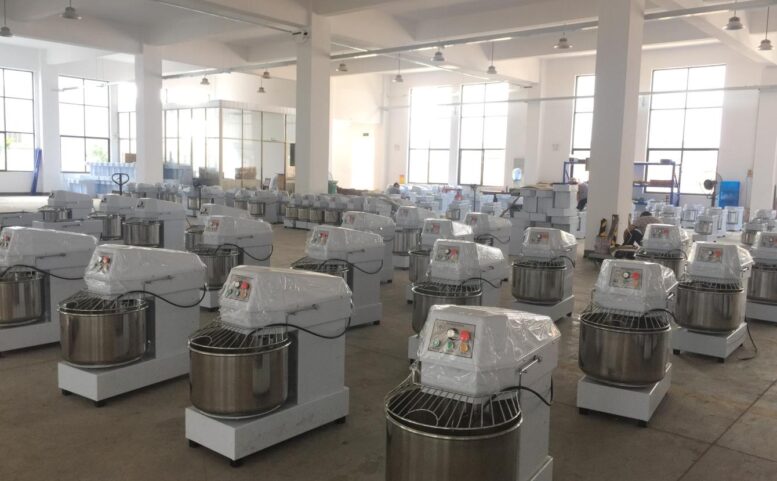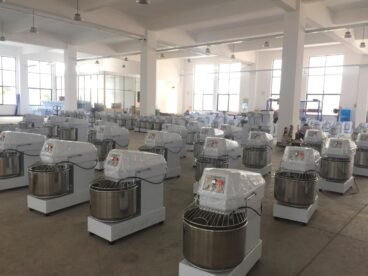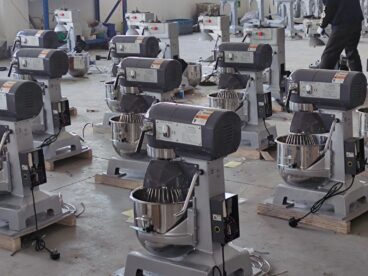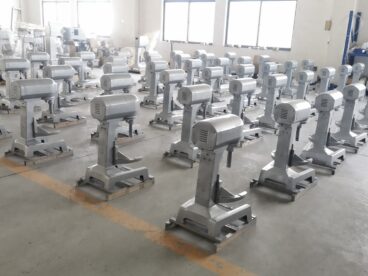Introduction
The question of whether it is cheaper to buy bread or make it in a bread machine is one that many people ask, especially as homemade bread becomes increasingly popular. With the rise of health-conscious eating, many people are turning to baking their own bread at home, looking to cut costs, control ingredients, and enjoy fresher bread. On the other hand, purchasing bread from the store remains convenient and often affordable, making it an attractive option for busy households. However, before deciding whether to stick with store-bought bread or invest in a bread machine, it’s important to consider the various factors that contribute to the overall cost. These include the price of store-bought loaves, the initial investment and running costs of a bread machine, the cost of ingredients, time considerations, and long-term savings. In this post, we’ll take a detailed look at both options to determine which one ultimately costs less.
The Cost of Buying Bread
When you buy bread from a supermarket, the cost is often straightforward. The average price of a standard loaf of bread in the United States is around $2 to $5, depending on the brand, type, and location. For basic white bread, the cost is usually on the lower end of the spectrum, while more premium options, such as whole grain, artisanal, or organic loaves, tend to be on the higher end. For families who consume a loaf of bread every day, this could amount to between $60 and $150 per month.
Though buying bread is inexpensive, it’s important to note that the cost can quickly add up over time, especially if your family consumes bread regularly. In addition to the direct cost of bread, there are often hidden expenses. For example, purchasing bread requires regular trips to the grocery store, whether in person or through delivery services, which might include transportation costs or delivery fees. The quality of store-bought bread can also vary, and loaves with longer shelf lives often contain preservatives, which can affect taste and texture.
Furthermore, buying bread from the store may not always be the most economical choice in the long run, particularly for large families or individuals who bake bread frequently. Over the course of a year, the cost of regularly purchasing bread can add up significantly. For instance, if you buy 1 loaf a day for a year at $3 per loaf, the total would be $1,095—far more than the cost of a basic bread machine.
The Cost of Making Bread in a Bread Machine
When considering the cost of making bread at home using a bread machine, there are two primary costs to factor in: the initial investment in the bread machine and the ongoing cost of ingredients. The first cost you’ll need to consider is the price of a bread machine. Bread machines range in price from around $50 for basic models to $300 or more for high-end models with additional features like multiple loaf sizes, crust settings, or built-in timers. For the sake of this comparison, let’s assume you purchase a mid-range machine for about $100.
Once you have a bread machine, the next cost is the ingredients. A typical loaf of bread made in a bread machine requires around 3 cups of flour, 1 packet of yeast, and a few additional ingredients like salt, sugar, and water. A 5-pound bag of all-purpose flour costs around $2 to $5, depending on the brand, while yeast can be bought in bulk for as little as $1 to $2 per packet, enough for several loaves. Other ingredients like salt and sugar are relatively inexpensive and would add very little to the overall cost of each loaf.
If we estimate that a loaf of homemade bread costs around $0.50 to $1.00 in ingredients (depending on the type of bread and where you buy the ingredients), you can see how much cheaper it is to make bread compared to buying it. If you bake bread regularly, your ingredient costs will total far less than the price of store-bought bread. For example, assuming you make one loaf of bread every day, the cost of ingredients would be approximately $15 to $30 per month, which is much lower than the $60 to $150 spent on store-bought bread.
Energy Costs of Using a Bread Machine
While making bread at home is clearly more affordable in terms of ingredients, there’s also the cost of energy to consider. A bread machine uses electricity to power its motor and heating element. However, these machines are generally energy-efficient. The average power consumption of a bread machine is about 600 to 1,000 watts per hour, depending on the model and the baking cycle. If you run the bread machine for 3 to 4 hours to bake a loaf, you might be using between 0.6 to 1 kilowatt-hour (kWh) of electricity.
The cost of electricity varies depending on where you live, but on average, the cost of 1 kWh in the U.S. is about $0.12. Therefore, the electricity cost per loaf of bread would be approximately $0.07 to $0.12. While this is a small addition to the overall cost of baking, it’s worth considering if you plan to bake multiple loaves per week. However, when compared to the cost of running an oven, which typically uses much more power to bake bread (and often takes longer), the energy cost of a bread machine is relatively low.
Time and Effort Required to Make Bread in a Bread Machine
Another important factor to consider is the time and effort involved in making bread at home. A bread machine is designed to be as hands-off as possible. After adding the ingredients to the bread pan and selecting the appropriate setting, the machine does the rest—mixing, kneading, rising, and baking the dough. Depending on the cycle you choose, the entire process can take anywhere from 2 to 4 hours.
In terms of active time, however, making bread in a machine requires very little hands-on effort. The most time-consuming part is measuring and adding the ingredients, which typically takes only about 10 minutes. Once the dough is set, you can go about your day, allowing the machine to take care of the rest. This level of convenience makes it easy to incorporate homemade bread into your daily routine without significant time investment.
In contrast, buying bread requires you to make a trip to the store, either daily or every few days, depending on how much bread your household consumes. Even if you buy bread in bulk, there’s still the time and effort of transporting it home. This makes homemade bread significantly more convenient for those who want fresh bread regularly without having to leave the house.
Additional Factors: Taste, Quality, and Customization
While the cost of ingredients and time efficiency are important considerations, homemade bread offers additional benefits that might not be immediately obvious. First, homemade bread tends to taste better and fresher than store-bought options. Without preservatives or artificial additives, homemade bread has a natural flavor and texture that many people prefer. You also have full control over the ingredients, allowing you to make healthier choices. For example, you can use whole wheat flour or add seeds, nuts, or dried fruit to suit your tastes or dietary needs.
In contrast, store-bought bread often contains preservatives to extend its shelf life, and many mass-produced loaves are made with additives to improve texture and appearance. While this may not be a major concern for some, those who are health-conscious may prefer the quality of homemade bread.
Long-Term Savings and Sustainability
When it comes to long-term savings, making bread at home is clearly the more economical choice. If you invest in a bread machine and use it regularly, the cost of ingredients over time will be much lower than buying bread. For instance, if you bake one loaf per day, your yearly ingredient cost would be around $180 to $365, compared to over $1,000 if you were to buy bread at the store every day.
In addition to the financial savings, making your own bread is also more sustainable. Homemade bread eliminates the need for plastic packaging, which is often used for store-bought loaves. Additionally, baking bread at home reduces food waste, as you can make just the amount you need, rather than dealing with leftovers that might go stale before you can finish them.
Conclusion
Ultimately, the decision of whether it is cheaper to buy bread or make it in a bread machine depends on several factors, including initial investment, ongoing costs, and your own baking habits. However, based on a cost analysis of ingredients, energy, and time, it’s clear that making bread at home is the more affordable option for those who bake regularly. Not only does it save money, but it also offers superior quality, health benefits, and sustainability. While the initial cost of purchasing a bread machine may seem steep, it pays off in the long run through substantial savings on ingredients and the ability to make fresh, customized bread on demand.
For families who consume a lot of bread or individuals who love to bake, investing in a bread machine could be one of the best decisions you make for both your wallet and your taste buds. The savings over time, coupled with the enjoyment of fresh, homemade bread, make this an option that is both practical and rewarding.






